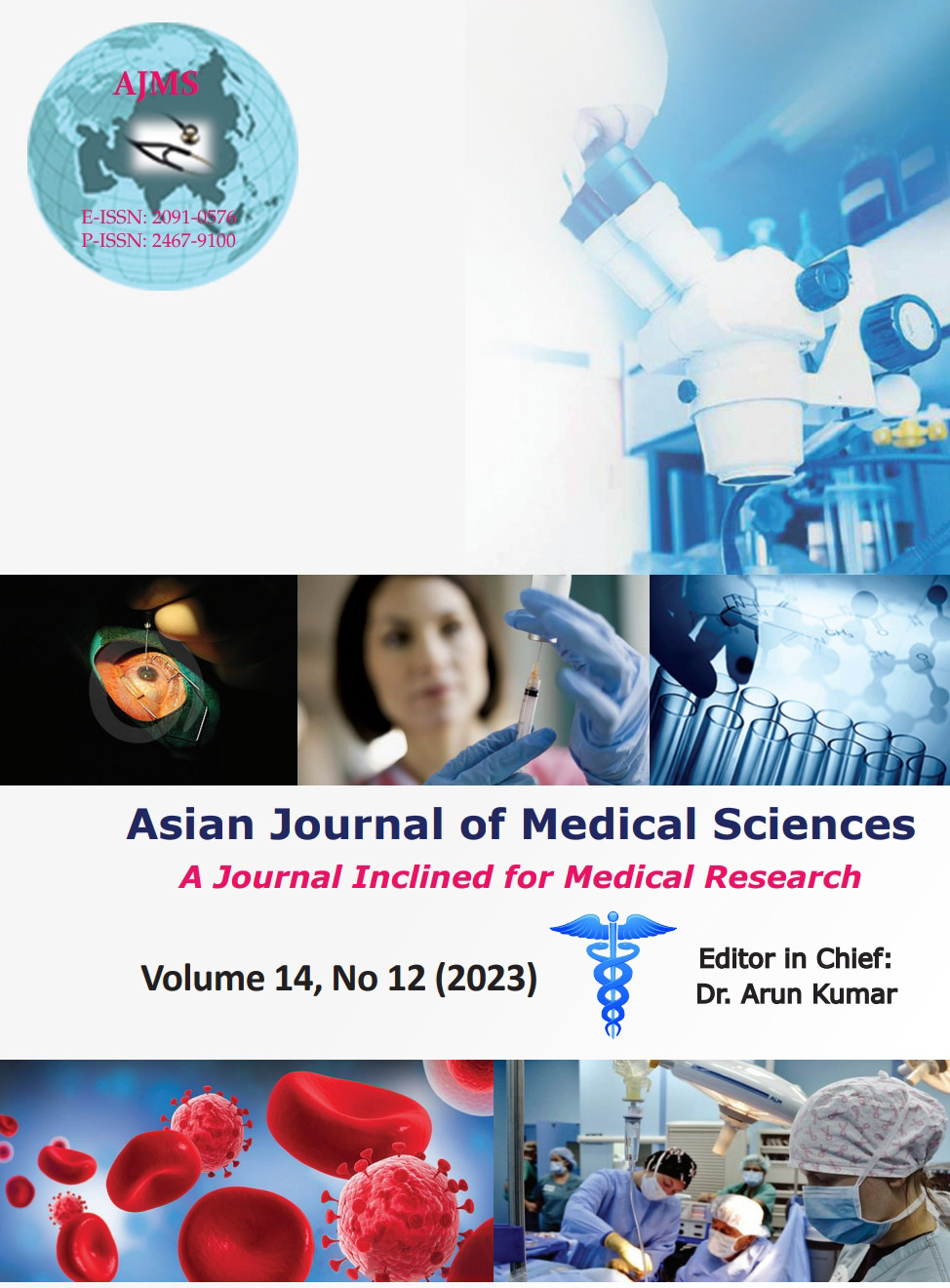Rhomboid intercostal subserratus plane block – the Holy Grail of post-operative analgesia in modified radical mastectomy or just another dot in the long list?
Keywords:
Rhomboid intercostal; Subserratus plane block; Modified radical mastectomyAbstract
Despite the presence of numerous options for breast analgesia, our women continue to suffer the consequences of acute post-operative pain that progresses to chronic pain in up to 55% of the post-mastectomy patients a rapid surge in the use of interfacial blocks for analgesia of chest and abdominal procedures. The importance and efficacy of these blocks are because of the continuity of the interfacial planes across varied anatomical tissues. We report a series of cases of modified radical mastectomy (MRM) in five female patients with the American Society of Anesthesiology Grade II/III in whom rhomboid intercostal subserratus was used for post-operative analgesia proved to be a boon. Two were post-radiation with metastasis to axillary lymph nodes. The other three had invasive ductal carcinoma and were on chemotherapy. Rhomboid intercostal subserratus plain block is a novel block and provides pain management for patients of MRM. The analgesic efficacy may not be superior but the non-inferiority to an epidural is certainly an added advantage with safe efficacious profile fulfilling the enhanced recovery after surgery protocols following minimally invasive surgical techniques.
Downloads
Downloads
Published
How to Cite
Issue
Section
License
Copyright (c) 2023 Asian Journal of Medical Sciences

This work is licensed under a Creative Commons Attribution-NonCommercial 4.0 International License.
Authors who publish with this journal agree to the following terms:
- The journal holds copyright and publishes the work under a Creative Commons CC-BY-NC license that permits use, distribution and reprduction in any medium, provided the original work is properly cited and is not used for commercial purposes. The journal should be recognised as the original publisher of this work.
- Authors are able to enter into separate, additional contractual arrangements for the non-exclusive distribution of the journal's published version of the work (e.g., post it to an institutional repository or publish it in a book), with an acknowledgement of its initial publication in this journal.
- Authors are permitted and encouraged to post their work online (e.g., in institutional repositories or on their website) prior to and during the submission process, as it can lead to productive exchanges, as well as earlier and greater citation of published work (See The Effect of Open Access).




